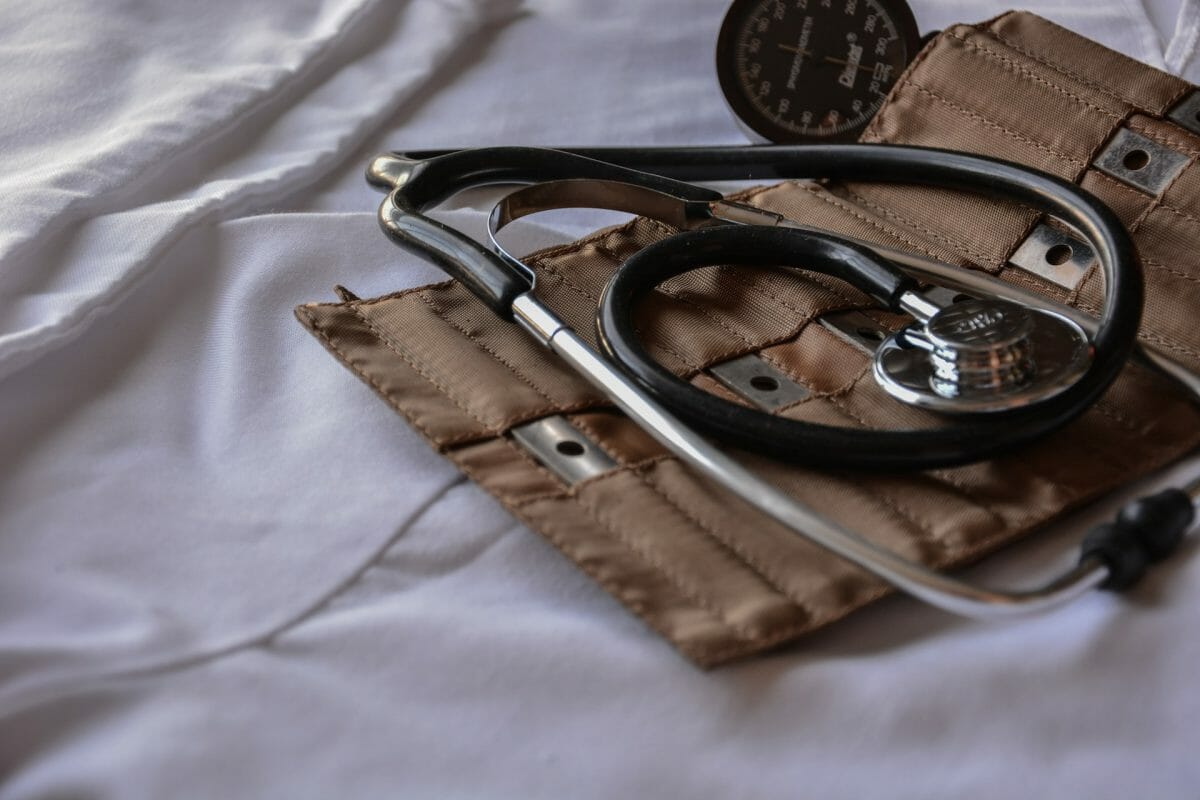EMS workers are the frontline responders with the responsibility of providing life-saving emergency care services. People trust EMS workers in providing the required care and helping them survive. Here are the most essential pieces of equipment an EMS worker needs to carry out their life-saving activities.
1. Defibrillators
Obesity, hypertension, and poor lifestyle choices can lead to the development of cardiovascular diseases. These diseases are categorized as a public health crisis to which virtually every EMS worker responds to. Cardiac arrest is a life-threatening situation that requires on-time intervention otherwise the results can be devastating.
A defibrillator is essential medical equipment required in medical emergencies like these. Defibrillators work by helping the heart resume its normal function in case it has stopped working due to cardiac arrest or heart rhythm issues. As soon as the heart stops pumping, the blood supply to the vital organs slows down, triggering them to stop functioning as well. This equipment is also used in patients with extremely rapid or irregular heartbeats.
2. Infusion Pumps
Depending on the type of medical emergency, an EMS worker might need to administer IV medications and fluids. Administering the correct dosage within the required duration is crucial. These infusion pumps are necessary for adequate and safe dosage administration. Let’s say an EMS worker responds to a patient who has suffered from a heat stroke. As the patient will be dehydrated, the first thing an EMS worker will do is provide IV fluids to compensate for the water and mineral loss.
3. First Aid Kit
It’s never a feasible option for an emergency care provider to carry equipment like scissors, tweezers, medications, and related essentials in their pockets. A first aid kit is indeed the most essential piece of equipment required in most emergency care services. Having a well-stocked first aid kit with all the essentials required to provide first aid support is a must-have. Besides the items mentioned above, the first aid kit can include sterile gloves, bandages, pain relievers, heat packs, and portable equipment like a pulse oximeter and thermometer.
4. Spinal Boards
Accidents and injuries due to slips and falls can result in spinal injuries. An EMS worker is properly trained to provide the required emergency care and safely transport the patient to a healthcare facility for further treatment. Spinal boards provide support for patients suffering from spinal injuries.
These spinal boards provide stable support to the injured and are often used when performing life-saving interventions like CPR or administering emergency drugs. When transporting a patient with an already broken spine, the risk of further damage and complications increases by many folds. Inadequate transportation of patients with spinal injuries can result in severed nerves, lacerated blood vessels, and muscles. The stable support provided to the patients further ensures protection against subsequent injuries during transportation.
5. Ventilator
A ventilator is another life-saving medical equipment that provides mechanical respiratory support to patients who are losing their ability to breathe normally. Severe accidents, injuries to the brain, and several medical conditions can cause the patient to breathe inadequately. Emergency care providers undergo the required training to operate specialized equipment like a ventilator so they can provide on-time emergency care to achieve better outcomes.
The respiratory drive of the patients decreases drastically, requiring breathing support. A ventilator can be adjusted to maintain the depth of respiration, respiratory rate, and plenty of other factors. However, ventilators are used as a last resort when other interventions for restoring the respiratory drive fail.
6. Stethoscope
Besides the pieces of equipment mentioned, the stethoscope is a notable mention that is imperative for an emergency care worker. The stethoscope will assist the EMS worker to examine the respiration, and heart rate, and auscultate to identify any anomalies. For example, the chest can be auscultated using a stethoscope to identify abnormal breathing patterns like wheezes, scripts, rales, etc. Similarly, heart rhythms can be auscultated, making it easier to narrow down the possible medical conditions causing the issue in the first place.
Emergency care services are ever-evolving. As you focus on gathering the required equipment, keep yourself up-to-date with the latest practices and treatment protocols. Several reputable organizations throughout the globe publish revised drug treatment guidelines and emergency care protocols every year.
It’s best to improve your knowledge and expertise on the type of equipment you need.
Lastly, keep in mind the level of care you can provide so it becomes easier to choose the necessary equipment. Most organizations like fire departments, hospitals, and emergency care services have the necessary equipment required to provide the emergency care patients need. Still, having these pieces of equipment can significantly make a difference.

